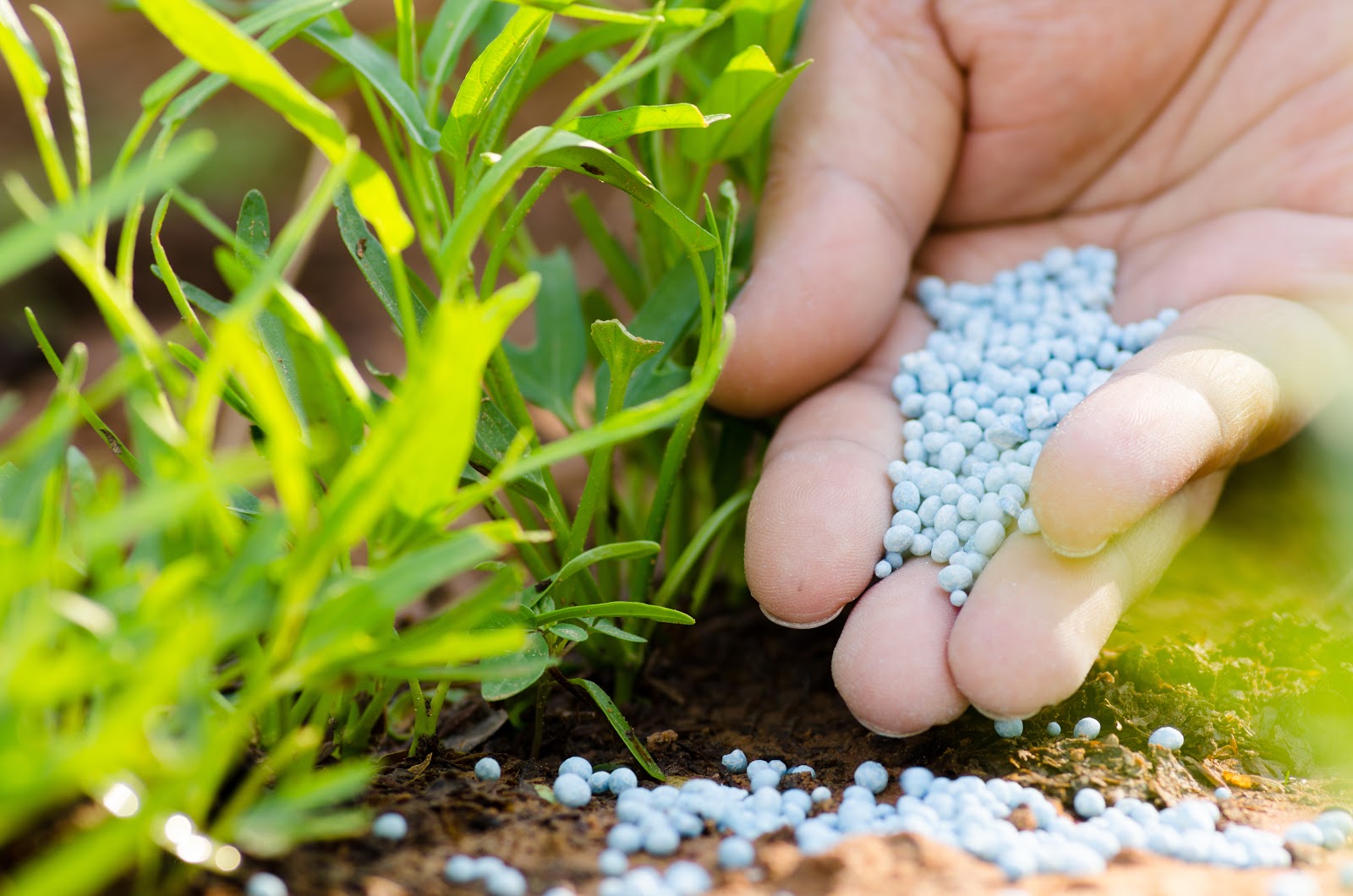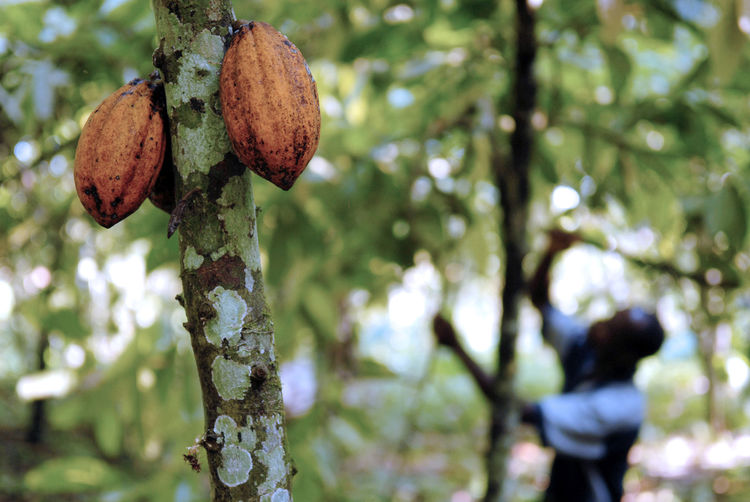- Govt’s Plan to Repair Fertiliser Plants Excites Farmers
THE Federal Government’s plan to repair more abandoned fertiliser blending plants in various parts of the country is making farmers happy.
The Fertiliser Producers and Suppliers Association (FEPSAN) Executive Secretary, Alhaji Ahmed Rabiu Kwa, said that more blending plants had begun production, adding that of the 32 fertiliser blending plants in the country, seven have started production and distribution under the Presidential Fertiliser Initiative (PFI).
He listed some of the blending plants, which have been supplied with raw materials, including phosphate from Morocco and are blending, as the Fertiliser and Chemicals Limited, Kaduna, which produces 300,000 metric tonnes; Al-Yuma Fertiliser Company (300,000 metric tonnes) in Madobi-Kano; Kano Agricultural Supply Company, which supplies 15 trailers daily and Golden Fertiliser based in Lagos.
Funtua blending plant has received materials through the rail.
He noted that fertiliser supply had increased in the last one year compared to previous years.
According to him, national volume increased from 500,000 to one million metric tonnes.
Kwa noted that the PFI saved Nigeria over N200 million in foreign exchange and reduced the price of a 50kg bag from N10,000 to N5,500.
He said with the level of production from the reactivated plants, farmers were getting the products at affordable prices.
The Central Bank of Nigeria (CBN) through the National Sovereign Investment Authority (NSIA) provided the funds for the revival of the industry.
Also, the Nigerian National Petroleum Corporation (NNPC) has signed a Memorandum of Understanding (MoU) with the Moroccan government for the supply of phosphate, expected to lead to the production of 1.3 million tonnes of fertiliser.
Kwa noted that the MoU between the two countries would make the product affordable.
The Nigeria-Morocco fertiliser deal, he added, would help increase local blending capacity to 25 percent of installed capacity and create a 20 million bag market for operators.
For years, the country has relied on imported fertiliser, despite the abundance of the raw materials for producing fertiliser – urea, phosphate, potassium and limestone – in Edo, Sokoto states and other parts of the country.
Last year, the PFI programme started yielding results, with the production of more than 4,000 metric tonnes of local fertiliser.
The Initiative was approved by President Muhammadu Buhari in December 2016 to achieve the local production of one million metric tonnes of blended Nitrogen, Phosphorous and Potassium (NPK) Fertiliser for last year’s wet season farming.
Earlier, Nigeria’s stock of blended fertiliser was shipped into the country as fully-finished products, even though urea and limestone, which constitute about two-thirds of the component of each bag, are available locally.
The PFI’s objective is to procure the four raw materials from Morocco, and Muriate of Potash (MOP) sourced from Europe – and blend these to produce NPK fertiliser at a reduced cost.


 Forex3 weeks ago
Forex3 weeks ago
 Naira3 weeks ago
Naira3 weeks ago
 Billionaire Watch3 weeks ago
Billionaire Watch3 weeks ago



 Naira3 weeks ago
Naira3 weeks ago






 Naira3 weeks ago
Naira3 weeks ago




 Naira2 weeks ago
Naira2 weeks ago






 Naira2 weeks ago
Naira2 weeks ago




 Naira4 weeks ago
Naira4 weeks ago











